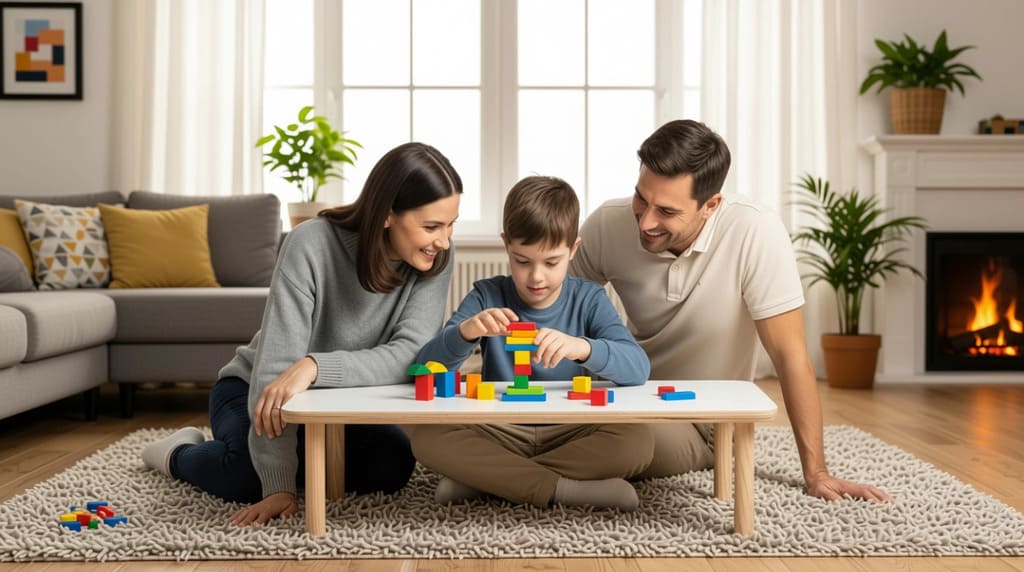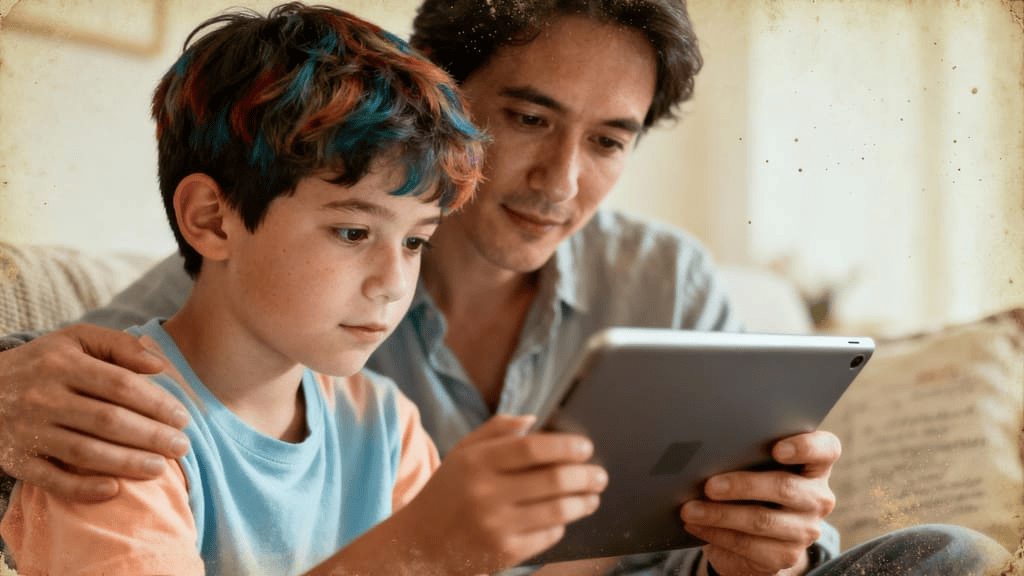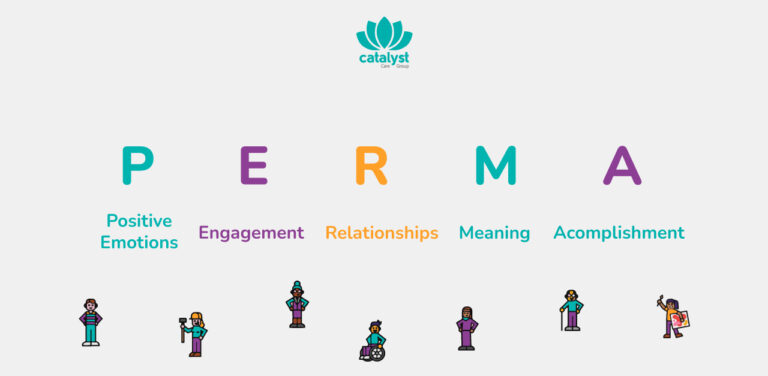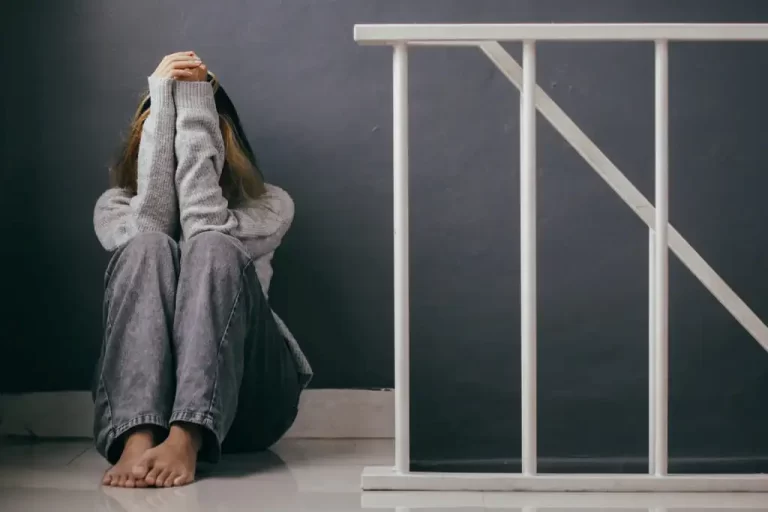Every child is different, and there is no one-size-fits-all model to follow. Parents should adjust their approach based on their child’s unique strengths, needs, and aspirations. Excessive screen exposure has raised growing concerns about its impact on children’s brain development. While many professionals suggest avoiding or limiting screen time exposure for autistic children, it’s important to look at the bigger picture and recognise that moderation is key.
Autism and Screen Time
Screen time – especially video games – is something many families talk about when raising an autistic child, often with a focus on potential risks and what might be harmful. However, many perspectives highlight that screen use can also be positive, and that some of the worry, stigma, and pressure placed on parents may be unnecessary. This perspective is shaped by both lived autistic experience and the everyday realities of raising autistic children.
In practice, “screen time” can refer to many different activities. It’s often assumed to be passive, like watching television, but it can also involve creativity – writing, drawing, making videos, or building a Minecraft world. Screens are also used for learning: watching documentaries, exploring topics of interest, taking online courses, or developing skills through gaming. These can include managing frustration, working with others, reading, navigating using maps or coordinates, and improving hand-eye coordination.
In essence, it comes down to how much screen time is suitable, not whether it should be avoided completely.
Our Autism Accredited community brand, Leaf Complex Care, has developed an Autism Guide for Parents filled with practical tools and gentle, everyday strategies to help make life easier and more meaningful for your child. You can download the guide to access the full range of advice and resources.
A Parent's Guide to Home Support for Autistic Children
The Sacred Work of Meeting Your Child Where They Are.
Why Autistic Children Gravitate Toward Screens
Autistic children may be naturally drawn to screens because they offer a predictable, structured, and adjustable space that feels manageable and provides helpful sensory input. This environment can reduce the anxiety often linked to real-world social situations. Screens also create opportunities to explore special interests in depth, connect with others without social pressure, and access calming sensory experiences.
Children’s screen time also aligns well with parallel play, a common autistic play style where children share a space but engage in separate activities. This motivation can be used constructively when balanced well.
Screens can offer meaningful benefits for autistic children, supporting learning, language development, social connection, and overall well-being. However, screen time can have a negative impact when it replaces other activities that are important for healthy development.
In our daily practices, using digital media experiences has shown remarkable progress in supporting autistic children and adults. Electronic devices can support language and communication skills and also help with transitions or necessary interruptions in daily routines.
Practical Strategies to Manage Screen Time
Finding the right balance with screen time is less about strict rules and more about helping children move between online and offline activities comfortably. For autistic children, this often means creating gentle routines that support both digital engagement and real-world connection. One helpful starting point is building in moments of face-to-face interaction throughout the day.

Create a Screen Time Schedule
Autism specialists and child-development professionals consistently emphasise that autistic children benefit from screen time that sits within a clear, predictable routine. Rather than strict limits, the focus is on structure, visual clarity, and balance between screen and non-screen activities. These principles can be shaped into practical daily patterns that help children feel secure, reduce stress around transitions, and support healthy engagement with technology.
Below are practical, autism-friendly examples of how families commonly apply these approaches in daily life.
- After-school decompression block
3:30–4:00 pm: 30 minutes of screen time after school to regulate and unwind before homework or dinner. - First–then routine
First snack or a 10-minute movement break, then 20 minutes of screens.
Helps children understand the sequence and reduces anxiety. - Structured timed sessions
20 minutes of screen time → 10-minute sensory break → 20 minutes of screen time.
Works well for children who hyperfocus. - Morning transition support
10 minutes of calming screen content after getting dressed, before leaving for school.
Helps with morning overwhelm and routine predictability. - Screen time as a motivator
Complete one offline task (e.g., reading, puzzle, chores), then 15 minutes of screens.
Often used to encourage engagement with non-preferred tasks. - Evening routine to protect sleep
Last screen use at 7:00 pm, followed by bath, story time, or quiet play.
Reduces overstimulation at bedtime. - Weekend balanced schedule
Two 45-minute screen blocks – one in the morning, one in the afternoon – separated by outdoor play, chores, or family time. - Visual schedule example
Picture timetable: breakfast → school → home → screen time → snack → outdoor play → screen time → dinner → quiet play → bedtime. - Transition cue example
Set a 5-minute timer, then a 1-minute timer, then a visual cue (e.g., turning off a lamp) before screens end.
Helps avoid abrupt switching. - Sensory needs rhythm
Screen time after overwhelming activities (shopping, therapy sessions) to help regulate, followed by a calming sensory activity.
Include and Encourage a Variety of Activities
Autistic children feel most confident when activities connect with what feels familiar and enjoyable. Bringing the interests they already love into offline moments creates balance without taking anything away from them.
Building games (Minecraft, Roblox, Lego games):
- Offer real-world Lego building challenges
- Create simple construction tasks with blocks
- Make a “build this in real life” version of something they made on the screen
- Use craft materials to design houses, worlds, or characters
Art apps or digital drawing:
- Set up an art table with markers, stencils, stickers, or clay
- Create drawing prompts connected to their favourite characters
- Print digital artwork and turn it into a scrapbook
- Offer sensory art (water painting, chalk, textured paper)
Nature videos or animal content:
- Short trips outdoors to find leaves, rocks, or bugs
- Build a small “nature box” collection at home
- Visit an animal park, pet shop, or farm
- Create animal fact cards or a mini “zoo journal”
Puzzles, strategy games, or problem-solving:
- Real-life jigsaw puzzles
- Matching or sorting games
- Simple board games with predictable rules
- Treasure hunts with clues or maps
Story-based games or videos:
- Read a book together about a similar theme
- Act out parts of a story with toys or puppets
- Create a “story tray” with figures and props
- Draw storyboards together
Calming sensory content:
- Water play (pouring, scooping, measuring)
- Playdough or kinetic sand
- Weighted items, soft blankets, sensory bins
- Outdoor swings or gentle physical play
Character-based worlds (Pokémon, Disney, superheroes):
- Role-play with figures or costumes
- Collectable cards, sticker books, themed puzzles
- Simple crafts like making masks, badges, or posters
- Themed outdoor games (e.g., “Pokémon hunt” in the garden)
Use a Timer to Indicate Duration of Screen Time
Using a timer helps autistic children understand how long screen time will last and reduces the stress of sudden transitions. It also prevents excessive screen time by giving a clear start and end point. For example, you might set a 20-minute timer and show the child what comes next on their visual schedule.
Decrease Screen Time Gradually
Small, steady reductions are easier to accept and maintain. For example, if a child usually has an hour, you might reduce it to 50 minutes for a week, then 45 minutes the next, using a visual schedule to show the change.
Replace Screen Time Before Bed with Calming Activity
Replacing screen time before bed with a calming activity helps reduce increased screen exposure in the evening, which can make it harder for autistic children to settle and sleep. A predictable, soothing routine can make this transition easier. For example, you might switch the last screen block to quiet play, reading together, or a sensory activity such as stretching or dim-light colouring.
Handling Screen-Related Meltdowns
Handling screen-related meltdowns starts with recognising that the child may be overwhelmed, anxious, or struggling with an abrupt transition. Staying calm and offering predictable cues can help them regain control. For example, you might use a visual countdown or a “last activity” screen to show the transition, then guide them toward a familiar calming activity such as deep breathing, a favourite toy, or a sensory break.

How Can You Make Screen Time More Interactive?
Making screen time more interactive can support social and developmental outcomes, especially for children who are building social skills or displaying speech delay. Instead of watching passively, turn screen use into a shared activity where you talk about what’s happening, take turns, name emotions, or follow steps together. For example, you might pause a favourite video to describe actions, play a cooperative game that requires turn-taking, or use an educational app together to model new words and phrases.
Autism Support with Catalyst Care Group
At Catalyst Care Group, we believe that with the right support, every autistic person can thrive – whether a child, young person, or adult. Our Autism Accredited approach is built on community-based, person-centred support that adapts to each person’s strengths, needs, and communication style. Families often tell us they want support that reduces distress, helps their loved one feel understood, and makes daily life calmer and more predictable – and this is exactly what we focus on.
Our support includes:
- Specialist digital communication tools that help people express their needs, emotions, desires, and aspirations – and importantly, to let others know when they feel unwell, overwhelmed, or in pain.
- Occupational Therapy to support sensory needs, emotional regulation, and daily living skills in a way that eases stress and promotes comfort.
- Positive Behaviour Support (PBS) that looks beyond behaviour, understanding what a person is communicating, and reducing distress by creating supportive routines and environments.
- Multimedia support that turns information into clear, accessible formats so each person can understand, communicate, and participate more confidently.
- Community-based support that builds independence, confidence, and meaningful routines within everyday environments that feel safe and familiar.
- Specialist support at home, school or in the community.
If you’d like to learn more about how our Autism Accredited teams can support your family – and how our tools, therapists and specialists can support your loved one feel safer, understood and more confident – you can reach out to us or explore our autism support services at Catalyst Care Group.













